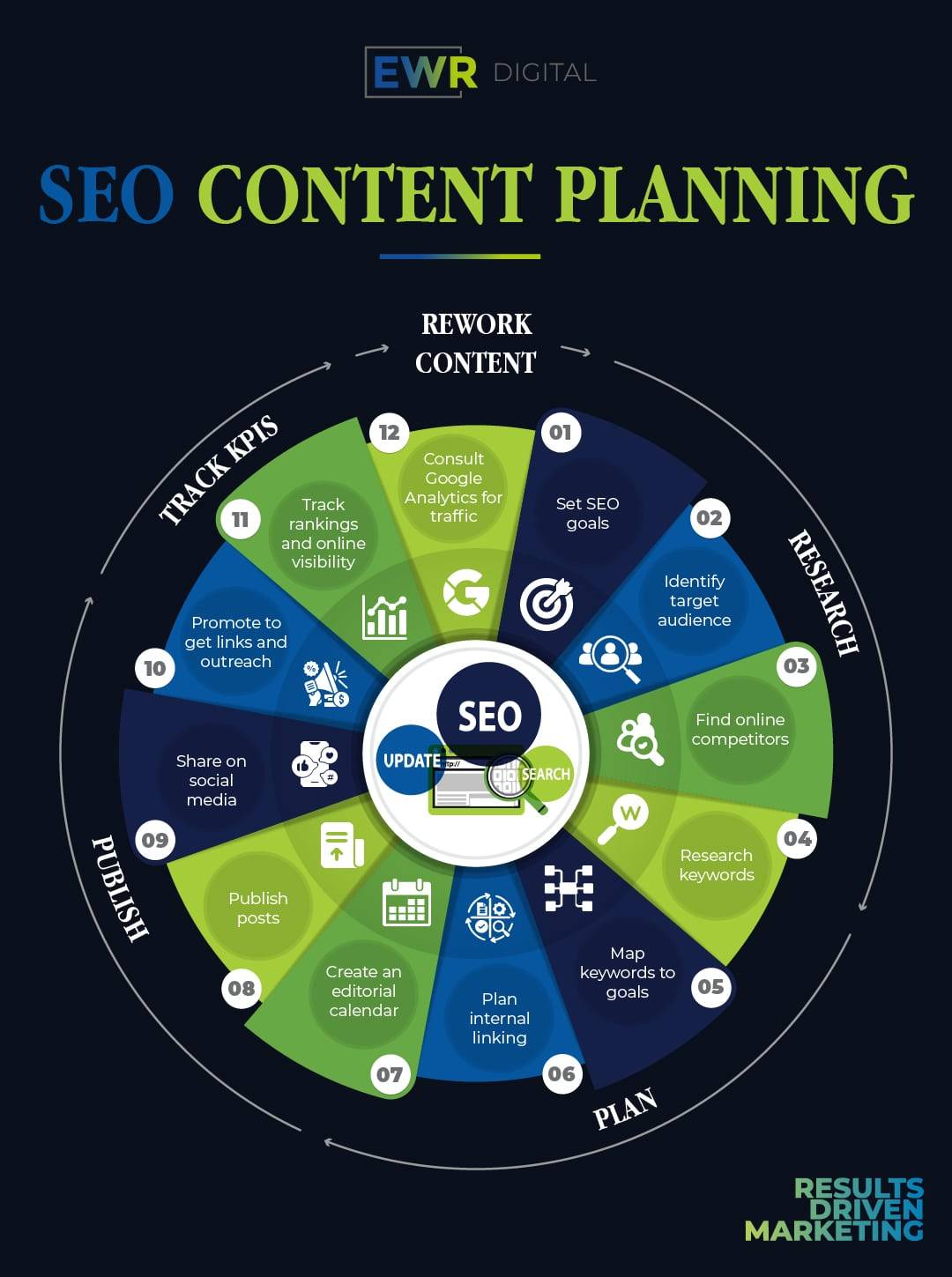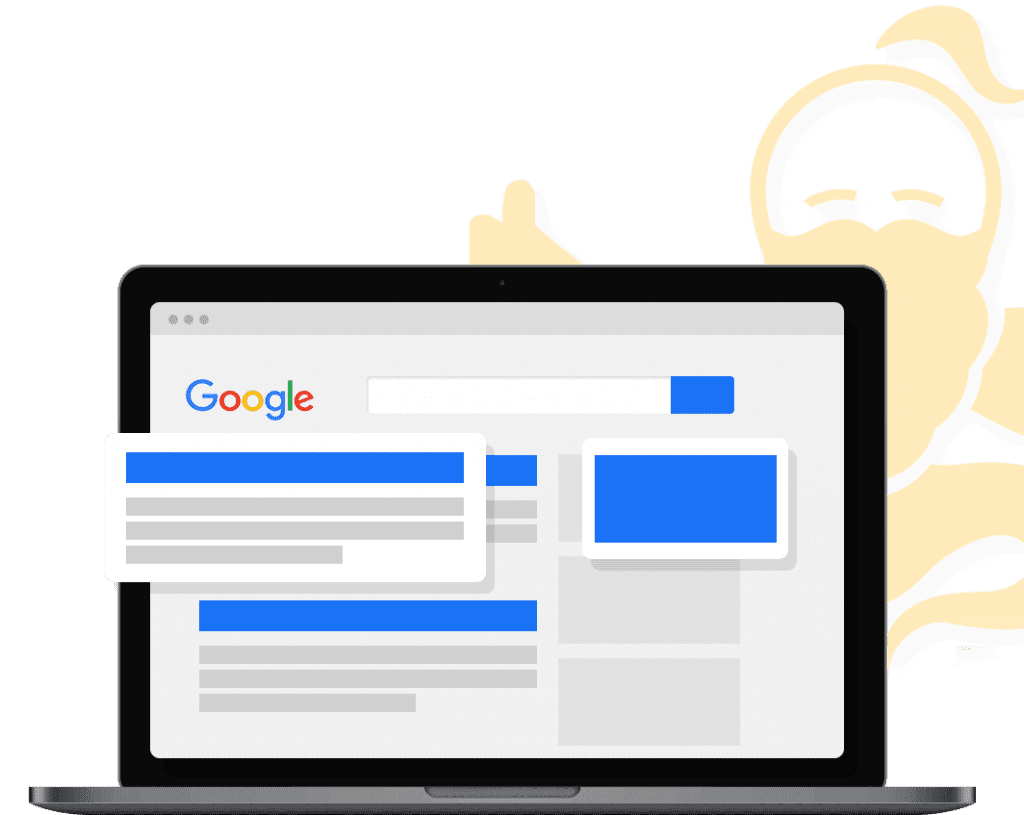
No amount of content you have at your disposal will matter if you don’t have a content distribution strategy. Content distribution is the act of promoting content to online audiences in multiple media formats through various channels. Read on to learn more.
Content Distribution 101
Many marketing agencies abide by the 80/20 rule. This rule states that you should spend only 20% of your time creating content and 80% of your time promoting that content. In simpler terms, if you already have a good amount of readers interested in your content, don’t create more. Instead, use your time wisely and promote the content that is already doing well.
You should spend only 20% of your time creating content and 80% of your time promoting that content.
Just like with any strategy you have for your business, you need to have certain questions answered before you start creating your content distribution strategy.
- What are your goals?
- Who is your target audience?
- What is your budget?
After you’ve answered those questions you can begin crafting your content distribution strategy.
The answer to these questions should be very similar to, if not the same as, why you created the content in the first place. Having your goals laid out will give you a better understanding of what your content can do for your brand.
Knowing your target audience can help when it comes to picking a content distribution channel. Researching where your target audience likes to view or receive content is a crucial step.
Knowing your budget is the last important question you need to answer. Not everyone will have the budget to invest in some of the content distribution channels. Making sure you have a dedicated budget solely for content distribution can help you figure out how much your business can spend. With channels like paid ads, you’re able to create a strategy that fits within your budget.
At the same time, you should understand your Unit Economics and improve the performance along your customer lifecycle incrementally.
Content Distribution Strategies
Content distribution strategies can be broken down into three groups. Those groups are owned, earned, and paid media. Each group has its own set of channels you can use to distribute the content that aligns with your goals, target audience, and budget. Read on to learn more about each channel and which one is right for your business.
Owned Distribution
Owned media is anything under your company or your brand’s control. Those can include your:

- Website
- Blog
- Social media posts
- Email newsletter
With owned media, you control when, where, and how your content appears. Choosing to distribute your content on your owned media is the best strategy for companies and brands who have already built an audience.
So if one of your goals is brand awareness, you should look into distributing your content on other channels in addition to this one.
An example of using your owned media as part of your content distribution strategy is your email newsletter. If you already have a nice amount of subscribers, start sending out your content on a weekly basis. That way your content is reaching many people who you know your content will benefit. Some of your subscribers might even take it a step further and share your content on their owned media. Easy peasy!
With owned media, you control when, where, and how your content appears.

Earned Distribution
Earned media are user-generated content when customers become the channel. The following counts as earned distribution:
- Strong organic rankings
- Social media shares, mentions, tweets, reposts, and comments
- Reviews
- Mentions in blog posts (non-paid)
Earned distribution is considered the most credible of the 3 groups.
Earned distribution is considered the most credible of three distribution groups. That’s because earned distribution is in the hands of the consumer. Some refer to it as the online word of mouth, which makes sense.
If consumers see your product shared on social media by an influencer or mentioned on a credible third-party site, you have potentially gained some new leads.
Success with earned distribution can also help improve your search rankings. Keep in mind that with earned distribution you have no control. This means consumers can choose to shed light on your content in a positive or negative way. A few bad reviews come with any business because no business is perfect. However, when the bad outweighs the good, it’s time to start producing different content. A great way to avoid this is by always creating unique and informative content.
Think about what your customers value and use that to write your content.
Earned media are user-generated content when customers become the channel.
Paid Distribution

Paid distribution is exactly what it sounds like. You pay a third-party site to have your content distributed.
This is where your budget would come into play. Depending on your company’s budget, you can get an idea of how much you’ll spend and where you’ll spend it.
There are many ways you can choose to distribute your content, including:
- Google Ads: display advertising, paid search, and retargeting
- Social Media Ads: Facebook ads, Instagram ads, Linkedin sponsored posts, Pinterest promoted pins
- Content Discovery Tools: StumbleUpon, now rebranded as Mix
- Native Advertising Tools: Outbrain and Taboola
- Influencers: Pay someone with a huge following to repost or share your content
Using paid distribution is a great way to gain exposure as a new or experienced company. It can also help drive traffic back to your owned and earned media as well.
Using paid media gives you some control because you can pick the type of channel to invest in. As long as you’re distributing your content on the right channel and providing valuable pieces, you can receive great results pretty quickly.
Paid distribution is also perfect for content that you want to bring back to the forefront because of low views.

Which Content Distribution Strategy Is Right for You?
As you can see, there are many ways to get your content distributed that suits your overall goals. One thing you should remember is that no one piece of content is the same.
Each piece should provide a different value than the last. Since your content is different, your content distribution strategy should be different as well. You don’t want to use the same strategy for your YouTube video as you would for your blog post.
Choose EWR Digital Today!
There’s also no need to limit yourself to distributing your content across one of the three channels. With similarities in all three, you could definitely include multiple channels in your content distribution strategy.
For example, you could use paid social media ads which are considered paid media. When your viewers see your ad they can share your content on their social media which is earned distribution.
Creating a content distribution strategy will require careful planning. If you don’t have time to dedicate in creating a strategy call us here at EWR Digital. At EWR Digital you can hire experts specializing in content marketing who will work with you and your company to help craft the perfect content distribution strategy for you.
Which Content Distribution Strategy Is Right for You? | EWR Digital – Houston, TX

